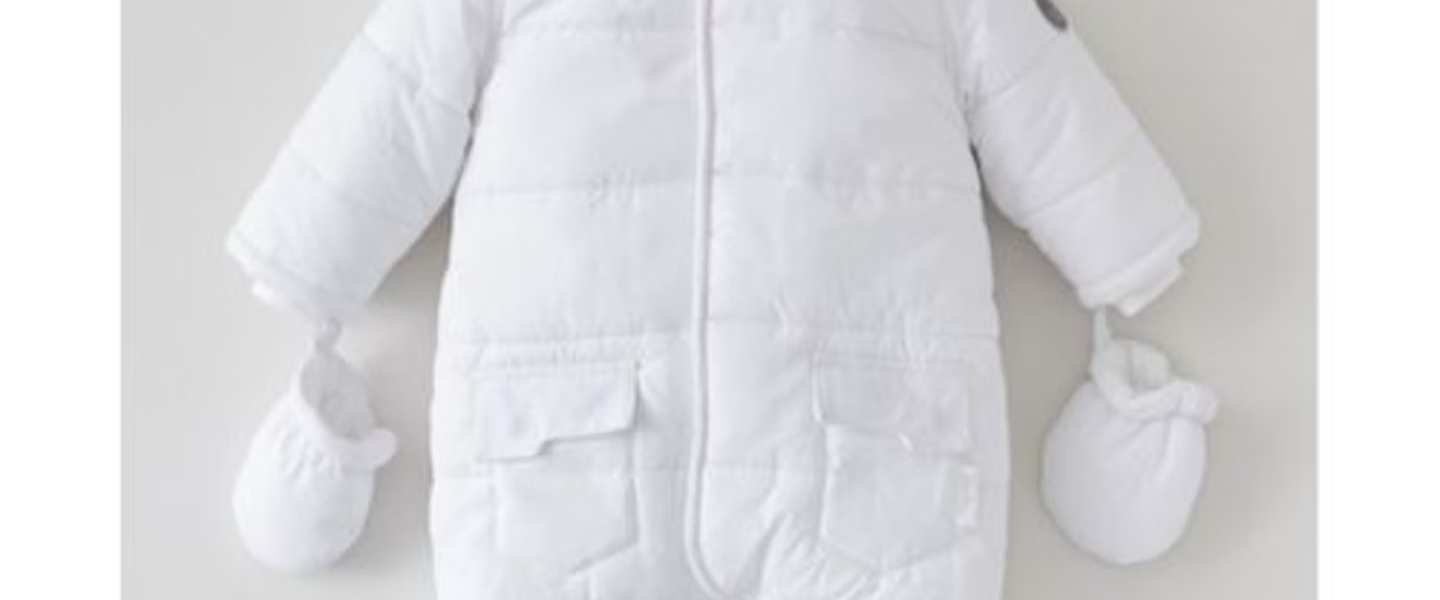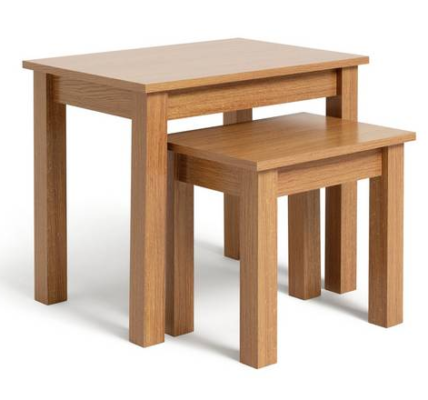Pram suits are a crucial item for parents navigating the world of baby care. As the weather changes and temperatures drop, keeping your baby warm, dry, and comfortable becomes a top priority. This guide will cover everything you need to know about pram suits, from their benefits to tips on choosing the right one for your child.
What is a Pram Suit?
A pram suit, also known as a snowsuit or baby bunting, is a specially designed garment that keeps infants warm while they are in a pram or stroller. Typically, pram suits are made from insulated and weather-resistant materials to protect against cold weather, wind, and rain. They are usually one-piece outfits that cover the entire body, including the arms and legs, providing full coverage and warmth.
Key Features of Pram Suits
Insulation: Most pram suits are lined with insulating materials such as fleece or down to trap heat and keep your baby warm.
Weather Resistance: They often feature water-resistant or waterproof outer layers to protect against rain and snow.
Hood: A built-in hood helps to keep your baby’s head warm and shielded from the elements.
Fold-over Cuffs: Many pram suits have fold-over cuffs for the hands and feet, which can be adjusted to ensure a snug fit and extra warmth.
Easy Access: Most pram suits include zippers or snap fastenings for easy dressing and undressing.
Why You Should Invest in a Pram Suit
Weather Protection: Pram suits offer exceptional protection against the cold and wet weather, which is especially important for infants who are more sensitive to temperature changes. The insulated and weather-resistant materials help maintain a comfortable temperature for your baby, preventing them from getting too cold during outdoor excursions.
Convenience: A pram suit simplifies dressing your baby for outings. Instead of layering multiple pieces of clothing, a pram suit provides a one-stop solution. This is particularly useful in the winter months when you need to quickly and efficiently dress your baby before heading outside.
Comfort: Designed with soft, breathable materials, pram suits ensure that your baby remains comfortable and cozy. Many pram suits have adjustable features to accommodate growing babies and ensure a snug fit.
Choosing the Right Pram Suit
Selecting the right pram suit involves considering several factors to ensure that it meets your baby’s needs and provides the best protection.
Size and Fit: Pram suits come in various sizes, so it’s important to choose one that fits your baby well. Check the sizing charts provided by manufacturers and consider buying a slightly larger size if you want the suit to last through multiple seasons.
Ease of Use: Opt for pram suits with zippers or snap fastenings that make it easy to dress and undress your baby. Some pram suits also feature double zippers for easier diaper changes.
Hood and Cuffs: Ensure that the pram suit has an adjustable hood and fold-over cuffs to provide additional warmth and protection. These features can help keep your baby’s head, hands, and feet warm in cold weather.
Style and Design: Pram suits come in a variety of designs and colors. While functionality is key, you may also want to consider a design that you find visually appealing. Some pram suits come with cute patterns or prints that make them more attractive.
Popular Pram Suit Brands
Several brands are renowned for their high-quality pram suits. Here are a few popular ones:
Mamas & Papas: Known for their stylish and practical designs, Mamas & Papas pram suits often feature high-quality materials and excellent insulation.
JoJo Maman Bébé: This brand offers a range of pram suits designed to provide warmth and comfort, with a focus on durable, weather-resistant materials.
Mothercare: A trusted name in baby clothing, Mothercare pram suits are designed with practicality and comfort in mind, often featuring easy-to-use fastenings and adjustable elements.
The North Face: For those looking for premium outdoor gear, The North Face offers pram suits that combine high-performance materials with stylish designs.
How to Care for Pram Suits
Proper care is essential to maintain the functionality and appearance of your pram suit. Here are some tips:
Follow Care Instructions: Always check the manufacturer’s care instructions for washing and drying. Many pram suits require specific cleaning methods to preserve their waterproof and insulating properties.
Regular Cleaning: Clean your pram suit regularly to remove dirt and stains. Spot cleaning can be effective for minor spills, while machine washing may be necessary for more thorough cleaning.
Avoid Fabric Softener: Fabric softeners can affect the water resistance of the suit, so it’s best to avoid using them.
FAQs
What is a pram suit?
A pram suit is a specially designed outerwear garment for infants, typically made from warm, insulated materials to keep babies comfortable and protected during outings in prams or strollers. These suits often feature a soft lining, adjustable features, and sometimes a hood to provide extra warmth and protection from the elements.
Are pram suits suitable for all seasons?
Pram suits are generally designed for colder weather. However, there are lighter versions available for transitional seasons or cooler summer evenings. For warmer weather, consider lightweight, breathable options or use layering techniques with regular clothing.
What are the benefits of a pram suit with a hood?
A pram suit with a hood provides additional protection for your baby’s head and neck from cold winds, rain, or snow. It helps maintain warmth and prevents heat loss, which is especially beneficial during chilly outings.
Conclusion
Pram suits are a valuable investment for keeping your baby warm and comfortable during outdoor adventures, especially in cold and wet weather. By understanding the key features, choosing the right suit, and following proper care instructions, you can ensure that your baby remains cozy and protected throughout the seasons. Whether you’re strolling through the park or braving the winter weather, a high-quality pram suit can make all the difference in your baby’s comfort and well-being.
To read more, Click Here .



